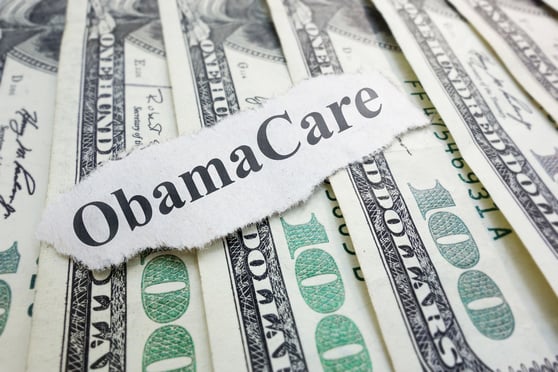Within the U.S., there is a wider disparity between how rich andpoor people rate their own personal health status, more so thanmost other countries. However, the gap between how the richand poor feel about the unfairness of the current U.S. health caresystem isn’t as great as it is in other countries.
|Related: Lifespan in U.S. falls; wealthy live extradecade
|These are the conclusions of a Harvard study published in theJune issue of Health Affairs, “The United States Leads Other Nations InDifferences By Income In Perceptions Of Health And HealthCare.”
|Joachim O. Hero, a Harvard doctoral candidate in health policy,and his colleagues analyzed population surveys from 2011 through2013 from 32 high- and middle-income countries, and found the U.S.had the third-highest disparity in self-rated health -- behindChile and Portugal -- at 25.9 percentage points, (which wasunaffected by adjustment for insurance status, since the surveyswere conducted before the implementation of the Affordable CareAct).
|Among U.S. respondents, 38.2 percent in the bottom incometertile reported fair or poor health, compared to 21.4 percent inthe middle tertile and 12.3 percent self-rate health in the toptertile.
|Nonetheless, Americans exhibited less “moral concern” aboutincome-based differences in the quality of health care that peoplehave access to, compared to respondents in the majority of theother countries in the study.
|The proportion of respondents who believe it is unfair thatpeople with higher incomes can afford better health care thanpeople with lower incomes was 54 percent in the U.S., compared tothe median country rate of 68 percent.
|Related: ACA bill's burden on poor brings out critics on allsides
|The disconnect in the U.S. between perceptions of personalhealth among the income classes and concerns about the unfairnessof the current health care system can be explained by theinterconnected aspects of U.S. society that drive disparities inhealth, according to the study.
|Poor living conditions and nutrition, unhealthy and stressfulwork environments, large income inequalities and other factors havebeen linked to poor health in the U.S., and all of themdisproportionately affect low-income populations.
|Related: American health care ranking an'embarrassment'
|In an interview with BenefitsPRO, Hero says the disparities inhealth are really a product of a wide variety of social andeconomic factors, and don’t only include disparities in healthcare.
|“If we really want to think about tackling the problem of healthdisparities comprehensively, there needs to be a connection betweenclosing disparities across multiple sectors, including housing,education and workplace policies,” Hero says.
|In finding solutions to address the disparity of health careaccess, it’s been difficult to gain political consensus because ofthe significant divisions between major segments of the Americanelectorate, he says.
|“There are competing values about the role of government andpeople’s personal responsibility -- the extent to which people’shealth is determined by their own choices,” Hero says.
|One way of reframing the debate could be to focus more on howhealth and access to health care are related to one’s opportunityto succeed, he says.
|“We know Americans are more receptive to the concept ofinequality of opportunities than they are to the concept ofinequality of outcomes,” Hero says. “So if we can reinforce theidea that one’s health status is highly determinative of one’seconomic opportunity, that can enhance one’s degree of politicalengagement and the ability to be represented in the politicalsystem.”
|Even after adjusting for the increased level of insured peopleafter the passage of the ACA, the study found that the U.S. remainsone of the most “unequal countries” in the disparity of health careaccess among income levels, he says.
|“In order to fully close the health care disparity gap, we alsoneed to focus on disparities that exist among the population ofinsured people -- the differences in health plan affordability,cost-sharing across plans, coverage generosity, and how thosedifferences are distributed among the population by income,” Herosays.
Complete your profile to continue reading and get FREE access to BenefitsPRO, part of your ALM digital membership.
Your access to unlimited BenefitsPRO content isn’t changing.
Once you are an ALM digital member, you’ll receive:
- Critical BenefitsPRO information including cutting edge post-reform success strategies, access to educational webcasts and videos, resources from industry leaders, and informative Newsletters.
- Exclusive discounts on ALM, BenefitsPRO magazine and BenefitsPRO.com events
- Access to other award-winning ALM websites including ThinkAdvisor.com and Law.com
Already have an account? Sign In
© 2024 ALM Global, LLC, All Rights Reserved. Request academic re-use from www.copyright.com. All other uses, submit a request to [email protected]. For more information visit Asset & Logo Licensing.








